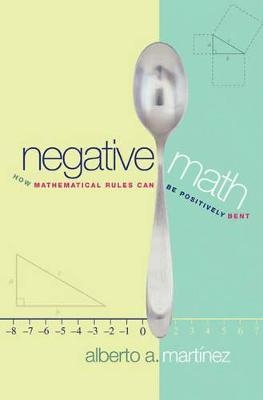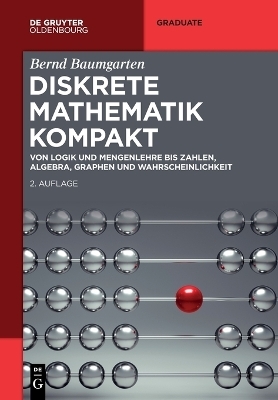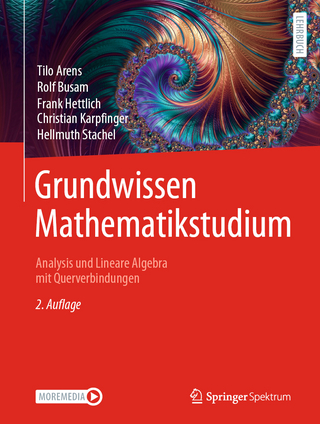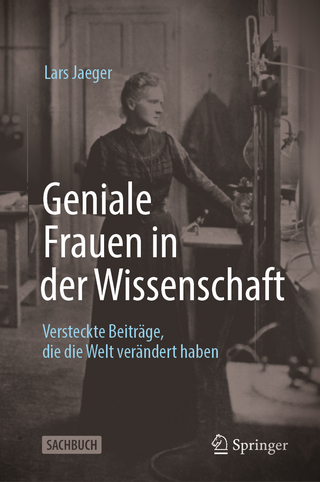
Negative Math
Princeton University Press (Verlag)
978-0-691-12309-7 (ISBN)
- Titel ist leider vergriffen;
keine Neuauflage - Artikel merken
A student in class asks the math teacher: "Shouldn't minus times minus make minus?" Teachers soon convince most students that it does not. Yet the innocent question brings with it a germ of mathematical creativity. What happens if we encourage that thought, odd and ungrounded though it may seem? Few books in the field of mathematics encourage such creative thinking. Fewer still are engagingly written and fun to read. This book succeeds on both counts. Alberto Martinez shows us how many of the mathematical concepts that we take for granted were once considered contrived, imaginary, absurd, or just plain wrong. Even today, he writes, not all parts of math correspond to things, relations, or operations that we can actually observe or carry out in everyday life. Negative Math ponders such issues by exploring controversies in the history of numbers, especially the so-called negative and "impossible" numbers. It uses history, puzzles, and lively debates to demonstrate how it is still possible to devise new artificial systems of mathematical rules. In fact, the book contends, departures from traditional rules can even be the basis for new applications.
For example, by using an algebra in which minus times minus makes minus, mathematicians can describe curves or trajectories that are not represented by traditional coordinate geometry. Clear and accessible, Negative Math expects from its readers only a passing acquaintance with basic high school algebra. It will prove pleasurable reading not only for those who enjoy popular math, but also for historians, philosophers, and educators. Key Features: * Uses history, puzzles, and lively debates to devise new mathematical systems * Shows how departures from rules can underlie new practical applications * Clear and accessible * Requires a background only in basic high school algebra
Alberto A. Martinez teaches history of science and mathematics at the University of Texas, Austin. He studies history to better understand scientific creativity and to clarify ambiguities in the elements of physics and algebra.
Figures ix Chapter 1: Introduction 1 Chapter 2: The Problem 10 Chapter 3: History: Much Ado About Less than Nothing 18 The Search for Evident Meaning 36 Chapter 4: History: Meaningful and Meaningless Expressions 43 Impossible Numbers? 66 Chapter 5: History: Making Radically New Mathematics 80 From Hindsight to Creativity 104 Chapter 6: Math Is Rather Flexible 110 Sometimes -1 Is Greater than Zero 112 Traditional Complications 115 Can Minus Times Minus Be Minus? 131 Unity in Mathematics 166 Chapter 7: Making a Meaningful Math 174 Finding Meaning 175 Designing Numbers and Operations 186 Physical Mathematics? 220 Notes 235 Further Reading 249 Acknowledgments 259 Index 261
| Erscheint lt. Verlag | 27.11.2005 |
|---|---|
| Zusatzinfo | 32 line illus. |
| Verlagsort | New Jersey |
| Sprache | englisch |
| Maße | 152 x 235 mm |
| Gewicht | 510 g |
| Themenwelt | Mathematik / Informatik ► Mathematik |
| ISBN-10 | 0-691-12309-8 / 0691123098 |
| ISBN-13 | 978-0-691-12309-7 / 9780691123097 |
| Zustand | Neuware |
| Haben Sie eine Frage zum Produkt? |
aus dem Bereich


